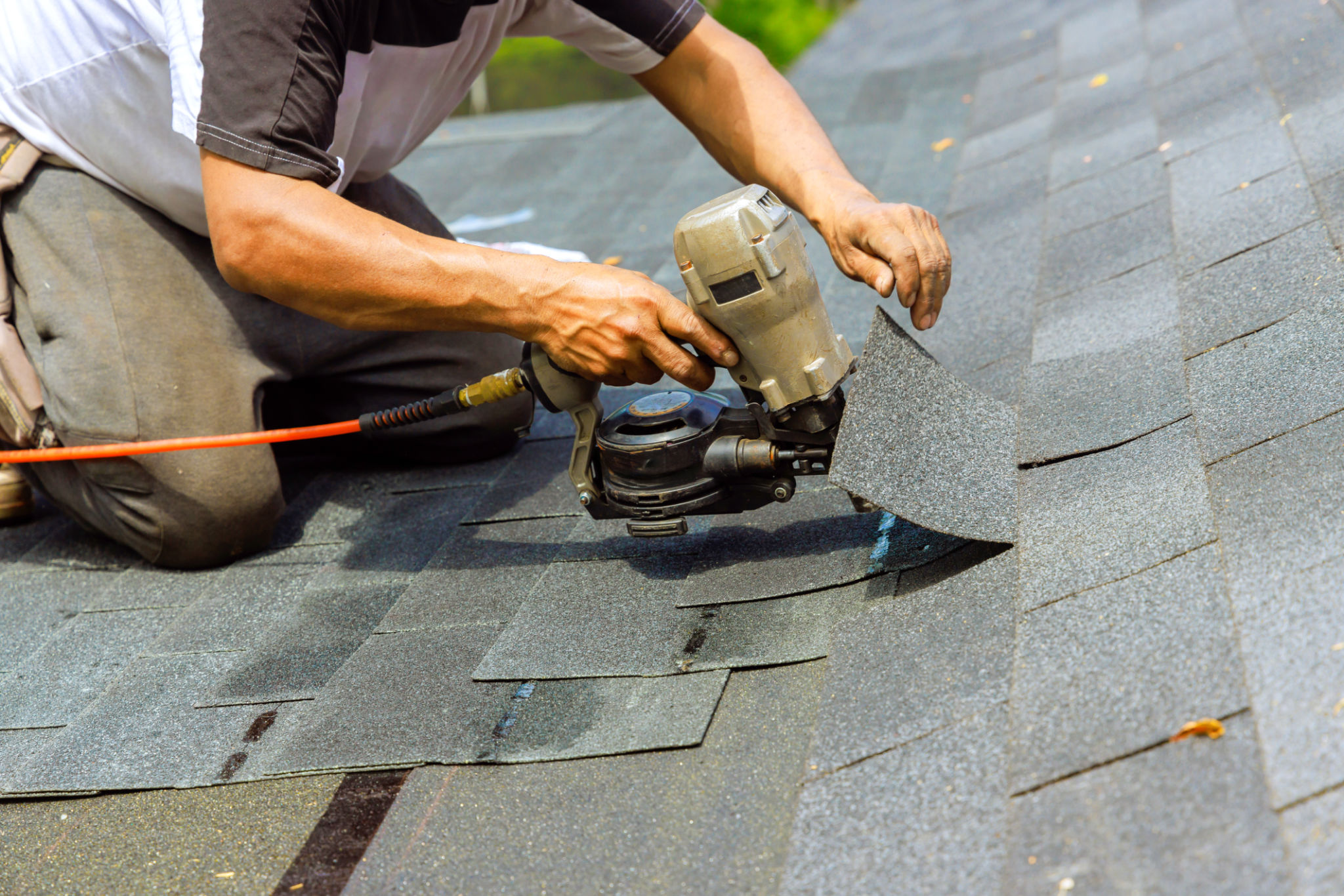The Impact of Seasonal Changes on Roofing in Nova Scotia
Understanding the Seasonal Challenges
Nova Scotia, known for its picturesque landscapes and maritime climate, presents unique challenges for homeowners, especially when it comes to roofing. The province experiences a wide range of weather conditions, from heavy snowfall in winter to high humidity in summer. These seasonal changes can significantly impact the longevity and performance of roofing materials.
Homeowners must be aware of how these weather patterns affect their roofs to ensure proper maintenance and avoid costly repairs. Regular inspections and timely interventions are crucial to address any potential damage caused by the changing seasons.

The Effects of Winter Weather
Winter in Nova Scotia is characterized by heavy snowfall, ice accumulation, and fluctuating temperatures. These conditions can lead to several issues, such as ice dams, which form when melting snow refreezes at the eaves of a roof. This can cause water to back up under the shingles, leading to leaks and water damage.
Additionally, the weight of accumulated snow can put stress on the roof structure. Homeowners should ensure their roofs are designed to handle such loads and consider removing excess snow when necessary. It's also important to check for any loose or damaged shingles that could become problematic during winter storms.
Spring and Fall: Transition Seasons
Spring and fall are transitional seasons that bring their own set of challenges. In spring, as the snow melts, roofs may reveal damage that occurred during the winter months. This is an ideal time for inspections to identify and repair any issues before the heavy rains of spring and summer.
During the fall, leaves and debris can accumulate in gutters, leading to blockages that prevent proper drainage. Clogged gutters can cause water to overflow, which may damage the roof and the structure beneath it. Regular cleaning of gutters is essential to prevent these issues.

Summer Heat and Humidity
Summer in Nova Scotia brings increased heat and humidity, which can also affect roofing materials. High temperatures can cause some materials to expand and contract, leading to cracks or warping over time. This is particularly true for asphalt shingles, which are commonly used in many homes.
Furthermore, the combination of heat and humidity can promote the growth of mold and mildew on roofing surfaces. This not only affects the aesthetics of the roof but can also compromise its structural integrity if left unchecked. Regular cleaning and maintenance are crucial during this season.
Choosing the Right Roofing Materials
Given the diverse weather conditions in Nova Scotia, selecting the right roofing materials is essential for durability and performance. Homeowners should consider materials that are resistant to both extreme cold and heat, as well as those that offer good moisture resistance.
- Metal roofs are a popular choice due to their durability and ability to shed snow easily.
- Asphalt shingles are cost-effective but may require more frequent maintenance.
- Clay or concrete tiles offer excellent insulation but are heavier and may require additional structural support.

Regular Maintenance for Longevity
To prolong the life of a roof in Nova Scotia's varied climate, regular maintenance is key. Homeowners should schedule bi-annual inspections—preferably in spring and fall—to catch any issues early. Addressing minor repairs promptly can prevent them from evolving into major problems.
In conclusion, understanding how seasonal changes impact roofing in Nova Scotia is crucial for homeowners who wish to protect their investment. By staying informed and proactive about maintenance, roofs can withstand the test of time despite the province's challenging climate conditions.